A founder’s job doesn’t end once they’ve created what they think is a great product. They must grow their company with the right team, thoroughly test and refine that product with actual paying customers, and prove their company and product are ready to scale in order to meet the demands of the marketplace.
Here again, are The Mindful Startup Formula’s three stages:
- STAGE 1 – Idea to MVP
- STAGE 2 – MVP to Revenue
- STAGE 3 – Revenue to Sustainability
Our last StartupHeat post laid out STAGE 1 – Idea to MVP. In STAGE 1, your goals are to leverage your love for the problem to solve your customers’ pain, achieve a problem-solution fit, and build a successful business model starting with a minimum viable product (MVP).
In this post, we’ll move ahead to focus on STAGE 2 – MVP to Revenue, where you will:
Prove your business model by establishing cultural foundations for your team and finding more early-adopter customers so you can confirm a product-market fit. You’ll then prove that target customers love your solution and want to buy through a model that’s profitable to you.

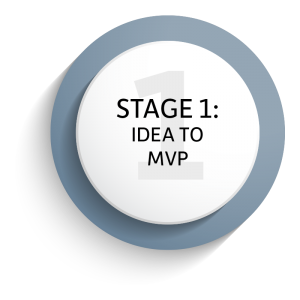

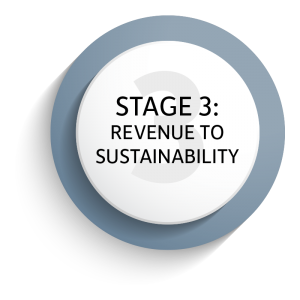
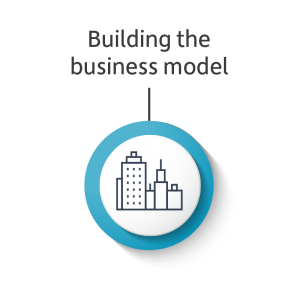
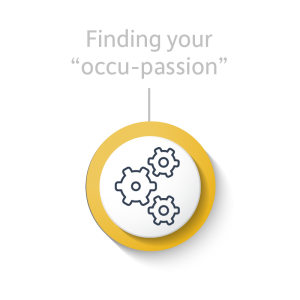
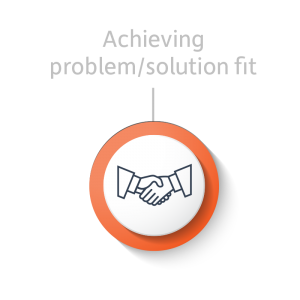
Achieving Product-Market Fit
The next component of a mindful founder’s entrepreneurial journey is to validate that the market demand is strong enough to build a highly scalable business. While you can get by with a handful of customers during the early testing or pretotyping phase, proving your business model with consistent, predictable customer growth will create the need to build out a customer success-oriented, operational infrastructure. To do that, you’ll need to grow your team. Here are some key considerations:
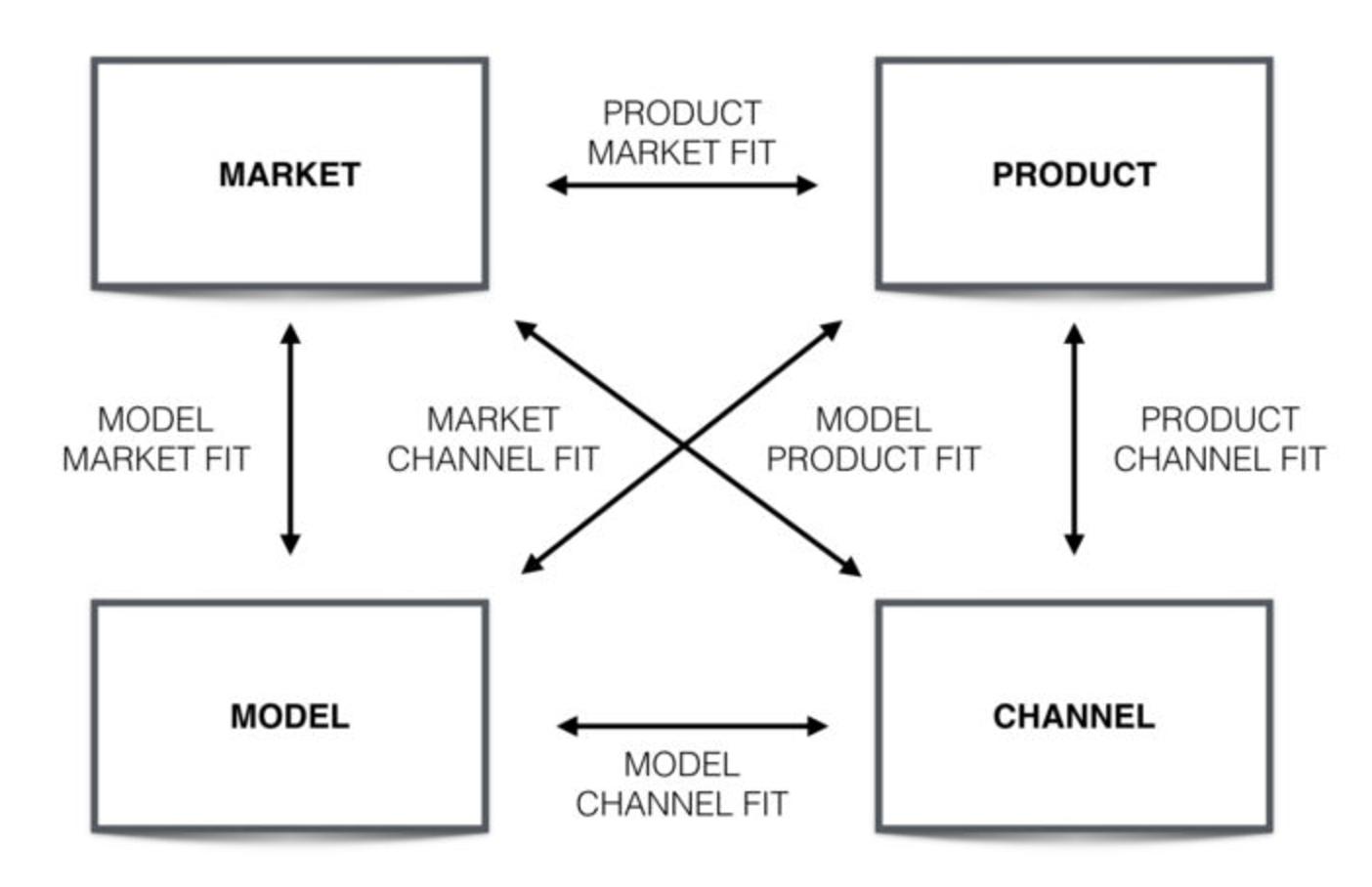
- Cultural Foundations
A founder’s first job is to create a product customers want and need. Their second job is to build a company, leadership team, and staff that understand why the customer chose the company to meet their needs. This is the beginning of extending the company culture that started with you.
Michael Gerber’s E-myth has helped us understand that even when you’re employee number one, you actually have at least three employees. You are the entrepreneur, the technician, and the manager. When your company grows beyond a handful of people, it’s time for you as the founder to start transitioning from “doer” to “company builder.”
During this stage, a founder relinquishes the day-to-day activities of the technician so that they can be an effective leader that defines the company’s purpose. You’ll recruit and hire experienced, senior managers – a trusted inner circle – and effectively delegate to them.
“You have to let go of so many things that you think you want to be part of and focus on what’s left ahead, which is: what are the core values for the business? What’s the vision? What’s the mission?” says Joe Alapat, co-founder of automated IT management and security software provider Liongard. “That’s something I’m learning every day. What is it that I need to let go of? And early on, I was knee-deep in the product. So, today, that’s something I’m not able to do. But we have an amazing team of folks that are working on it.”
In STAGE 2, instilling a company culture is critical to your success, and it’s never too early to establish it. In essence, the company’s culture will be reflected in how the people treat one another. As the founder, you must be the one to set the tone beginning with input from your earliest employees.
If not defined by you, your company will be defined for you.
Your company’s culture should reflect shared values of your inner circle and be weighed when considering future hires. In effect, the company culture should echo your Why so that it supports your overall mission.
During my experience as an entrepreneur, executive, and now as an investor and advisor, I’ve always used the amount of time I have available to think strategically and reduce the number of urgent tasks as a measure of leadership and team-building success. Have you created a culture and built a leadership team that can operate the day-to-day business effectively without you? A capable leadership team built on top of an aligned culture is a solid foundation to build a high-growth company.
- Finding Early-Adopter Customers
Getting your first customers is the easy part. Moving beyond those few “innovative” users to customers who will help you confirm product-market fit is the real challenge.
So, what’s the best way to go about identifying and landing a critical mass of early-adopter customers to help get you to the Revenue and Sustainability of STAGE 3? The easiest answer: Extend STAGE 1, where you can gain valuable feedback from innovators and additional word-of-mouth through that network.
Startup mentor and Vice President of SEO and Content at G2 Kevin Indig offers these additional options for where to find early-adopter candidates:
- Communities – Research, join, and stay active in technical groups like Subreddits, Slack channels, and other web forums. Indig says that your main goal here is to become a “power user.” He says, “Finding communities is easy, becoming a power user is hard. You get there by helping other users out, answering questions, and sharing good content.”
- Social Networks – Join and be active in LinkedIn and other social media groups, monitor Instagram and Twitter hashtags, seek out influencers/thought leaders and understand their following, and take advantage of direct access via various messaging apps.
- Blogging – Share your expertise, build a following, and find opportunities to guest post/submit a byline to other influential blogs and publications.
Other good targets for finding early adopters are industry association activities and other sponsored events, conferences, and tradeshows. All of these provide opportunities to meet, converse with, and learn from quality prospects and industry leaders and influencers.
As an investor, I’m always looking to see if a founder has figured out how to get other people to sell the product. Founders are often – but not always – able to sign customers due to their own passion, domain expertise, and sheer will. But can they teach someone else to sell their solution with consistent, predictable growth? When successful marketing/sales resources are built around a product and the founder is looking for capital to stoke the fire, it usually gets an investor’s attention (one who is interested in that particular space, of course!).
- Proving the Startup Business Model
In order to scale your startup business, you must first prove your business model. As you successfully move beyond your first dozen customers and approach customer 100 (or if a B2C/DTC, thousands of customers), you must continuously test the model and elicit feedback directly through focus groups and your customer success team. By considering all inputs, you’ll have the chance to course-correct – whether minor tweaks or a full pivot – as you gain a better sense of:
- The full customer journey and whether your solution actually solves all of their problems
- How much a customer values your solution over others already on the market. This will allow you to dial-in price based on both cost and perceived value; and
- Whether your channel and marketing/sales support strategies work.
To validate the model and ensure you’re not scaling too fast, you should also analyze the financial aspects of the model with your own CFO or accountant. Are your gross margins high enough? Are costs under control? Will you make a profit, at scale?
There are infinite metrics to consider using to track your progress and measure your success. A solid resource I’ve found to help startups understand the who, what, when, where, and why of metrics to prove your business model is the 64 Important Business Metrics Your Company Must Know blog from nTask, a project management software company.
Achieving product-market fit is critically important in a founder’s journey. Until you gain significant traction with early adopters, you won’t know whether enough customers are willing to buy and regularly use the solution you are building. According to SaasResources:
“Without clarity on this, you could continue investing in building something that is not commercially viable. Worse still, you could burn cash by hiring prematurely or investing in sales and marketing that will not generate a return.”
Next time on StartupHeat, we’ll discuss STAGE 3 of The Mindful Startup Formula – Revenue to Sustainability, where you’ll scale your business by adding/aligning talent and operational infrastructure and aligning your company’s capital with the market opportunity. Until then, stay curious, focus on the signal, and make mindful decisions on your journey to success!



